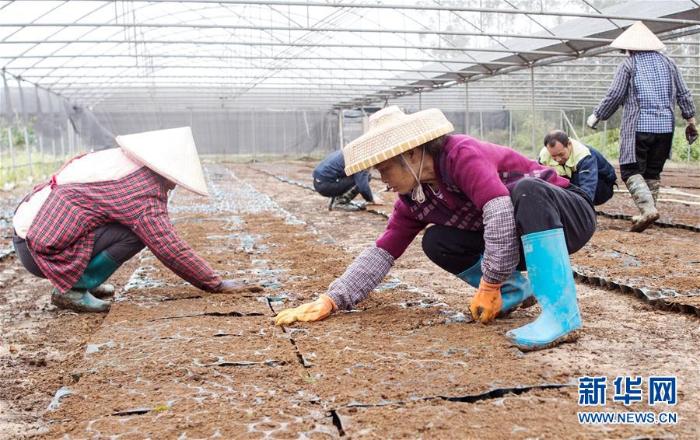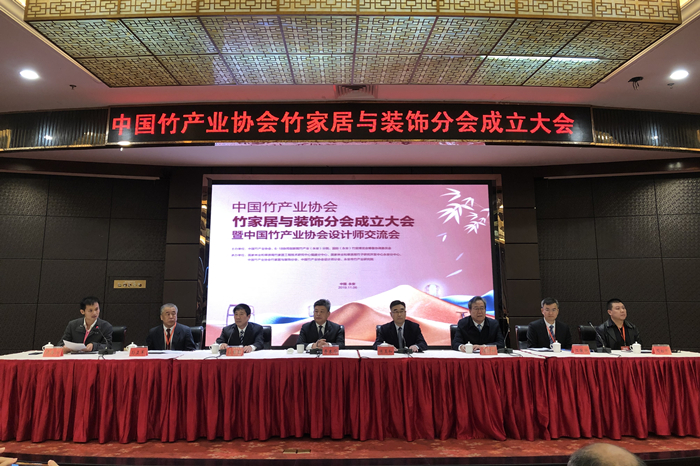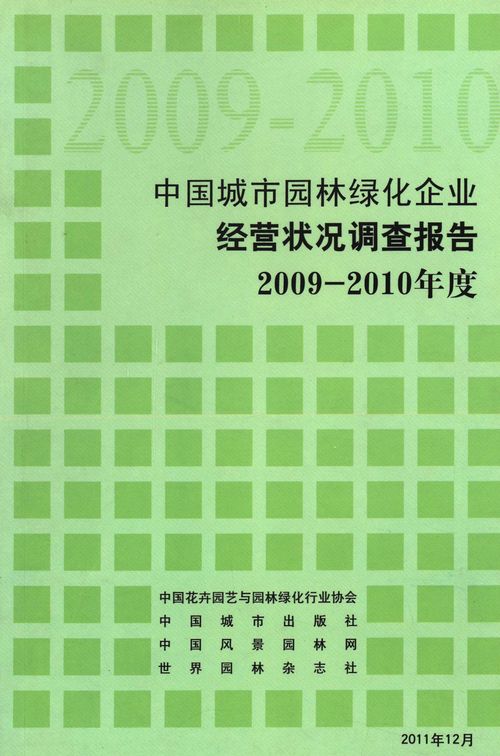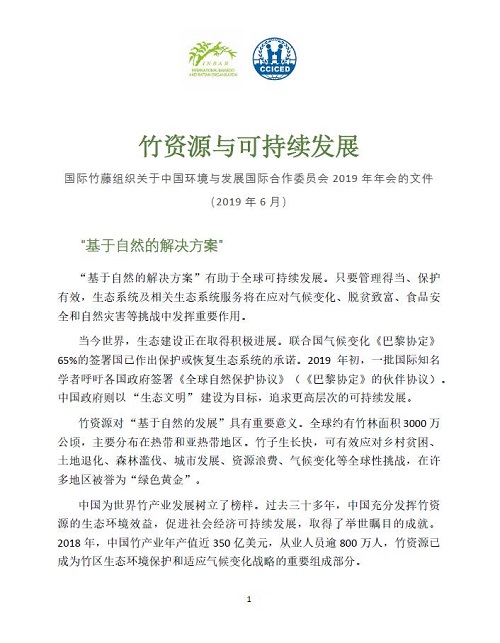
全球禁塑政策与竹产业发展机遇
编号
lyqk008903


中文标题
全球禁塑政策与竹产业发展机遇


作者单位
1. 中国地质大学环境学院 武汉 430074;
2. 国际竹藤组织 北京 100102


期刊名称
世界竹藤通讯


年份
2021


卷号
19


期号
4


栏目名称
特别报道


中文摘要
面对塑料对地球环境造成的严重污染,世界各国和国际组织纷纷出台禁塑政策,文章梳理了世界各地的禁塑政策,指出了政策存在的不足:偏政策性的指导多,具体的可行性操作指导少;禁止塑料制品的使用,缺乏可替代性技术的研发;重禁令轻宣传,未能真正改变人们对塑料的态度。在全球禁塑令的推动下,寻找环保的塑料替代品成为当前急需解决的主要任务。竹子因具有生长快、易再生、绿色、低碳以及使用后可以迅速完全自然降解等优良特性,从众多的替代材料中脱颖而出。大力发展竹制品以减少塑料的使用,可减少塑料对环境的污染。


英文标题
Global Plastic Ban Policy and Development Opportunities of Bamboo Industry


作者英文名
Li Yiran, Fu Jinhe


单位英文名
1. School of Environmental Studies, China University of Geosciences, Wuhan 430074, China;
2. International Bamboo and Rattan Organisation, Beijing 100102, China


英文摘要
As plastic has brought about the serious pollution of the earth environment, countries and organizations around the world have issued plastic bans one after another. This paper reviews these plastic bans and concludes their shortcomings, i.e., more policy guidance but less specific guidance on feasible operation, more stress on prohibition of plastic products use but less support for the research and development of alternative technology, and more ban but less publicity which fails to really change people's attitude towards plastics. In the background of these plastic bans, finding environmentally friendly plastic substitutes has become a major task that needs to be solved urgently. The excellent properties of bamboo, like fast growth, easy regeneration, green and low-carbon property and complete natural degradation, make it stand out from a range of alternative materials. In this sense, it is necessary to develop bamboo products to reduce the use of plastics so as to reduce the plastic pollution of the environment.


英文关键词
plastic ban policy;bamboo industry;opportunities


起始页码
1


截止页码
7


作者简介
李依然,中国地质大学(武汉)环境学院本科生,国际竹藤组织实习生。E-mail:1489163292@qq.com。


通讯作者介绍
傅金和,博士,国际竹藤组织东非区域主任,长期从事竹业国际合作。E-mail:jfu@inbar.int。


E-mail
jfu@inbar.int


DOI
10.12168/sjzttx.2021.04.001


参考文献
[1] BORRELLE S B, RINGMA J, LAW K L, et al. Predicted growth in plastic waste exceeds efforts to mitigate plastic pollution[J]. Science, 2020, 369(6510):1515-1518.
[2] MACLEOD M, ARP H, TEKMAN M B, et al. The global threat from plastic pollution[J]. Science, 2021, 373(6550):61-65.
[3] SHEN M, SONG B, ZENG G, et al. Are biodegradable plastics a promising solution to solve the global plastic pollution?[J]. Environmental Pollution, 2020, 263(Pt A):114469. DOI:10.1016/j.envpol.2020.114469.
[4] LAMB J B, WILLIS B L, FIORENZA E A, et al. Plastic waste associated with disease on coral reefs[J]. Science, 2018, 359(6374):460-462.
[5] 王慧卉, 梁国正. 塑料垃圾对海洋污染的影响及控制措施分析[J]. 南通职业大学学报, 2014, 28(1):68-72.
[6] ZHANG K, HAMIDIAN A H, TUBI A, et al. Understanding plastic degradation and microplastic formation in the environment:a review[J]. Environmental Pollution, 2021(4):116554. DOI:10.1016/j.envpol.2021.116554.
[7] 宋力, 赵晶晶, 王战勇, 等. 生物降解塑料降解技术及其前景展望[J]. 塑料, 2020, 49(5):88-91.
[8] 王戈, 陈复明, 程海涛, 等. 中国竹产业的特色优势与创新发展[J]. 世界竹藤通讯, 2020, 18(6):6-13.


PDF全文
浏览全文


-
相关记录
更多
- 振兴遂昌竹产业经济的发展战略 2022
- 信息技术助力“以竹代塑”背景下的竹产业智能制造 2024
- “六力”驱动破解湖南毛竹下山难题 2024
- 湖南绥宁发展“以竹代塑”促进竹产业转型升级 2024
- 四川雷波竹类资源及其开发利用建议 2024
- 以特色竹文化活动助推中国竹乡高质量发展 2024
 打印
打印





